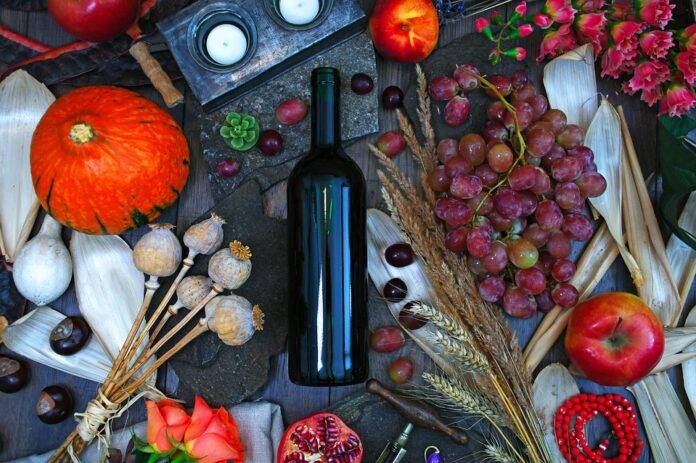Introduction
Extended lees aging is a winemaking technique that involves leaving the wine in contact with the lees (sediment of dead yeast cells) for an extended period of time. This process is known to add richness and depth to wine, enhancing its flavor profile and overall quality. In this report, we will delve into the reasons why extended lees aging is beneficial for wine, exploring the science behind it, industry trends, and the financial implications for wineries.
Benefits of Extended Lees Aging
Enhanced Complexity
One of the key benefits of extended lees aging is the enhanced complexity it brings to the wine. During the aging process, the yeast cells release compounds such as mannoproteins, polysaccharides, and amino acids into the wine. These compounds interact with the wine, adding layers of flavor and aroma. This results in a more nuanced and multi-dimensional wine that is prized by wine enthusiasts and connoisseurs.
Improved Mouthfeel
Extended lees aging also contributes to a more luxurious mouthfeel in wine. The presence of yeast cells in contact with the wine helps to soften tannins and enhance the overall texture of the wine. This results in a smoother and more velvety mouthfeel, making the wine more enjoyable to drink.
Greater Stability
Another benefit of extended lees aging is the increased stability it provides to the wine. The compounds released by the yeast cells during aging act as natural antioxidants, helping to protect the wine from oxidation and spoilage. This leads to a longer shelf life for the wine, ensuring that it can be enjoyed for years to come.
Industry Insights
Current Trends
In recent years, there has been a growing interest in extended lees aging among winemakers around the world. This trend is driven by consumer demand for wines with more complexity and depth, as well as a desire to differentiate their products in a competitive market. Wineries of all sizes, from boutique producers to large estates, are experimenting with extended lees aging to create unique and distinctive wines that stand out in the market.
Financial Implications
While extended lees aging can add value to wine in terms of quality and complexity, it also comes with financial implications for wineries. The longer the wine is aged on the lees, the more resources and time are required to produce it. This can result in higher production costs for wineries, which may need to be passed on to consumers through higher retail prices. However, many wineries view extended lees aging as a worthwhile investment in creating premium wines that command higher prices in the market.
Case Study: Domaine Carneros
One example of a winery that has successfully implemented extended lees aging is Domaine Carneros, a renowned winery in California’s Napa Valley. Domaine Carneros specializes in producing high-quality sparkling wines using traditional methods, including extended lees aging.
Financial Data
Domaine Carneros has seen a significant increase in sales and brand recognition since incorporating extended lees aging into their winemaking process. The premium quality of their wines, enhanced by the richness and depth from lees aging, has allowed them to command higher prices in the market. This has translated into strong financial performance for the winery, with revenue and profits steadily growing year over year.
Industry Recognition
Domaine Carneros has received numerous awards and accolades for their sparkling wines, many of which have been aged on the lees. Critics and consumers alike have praised the complexity and elegance of their wines, attributing much of their success to the extended lees aging process. This industry recognition has further solidified Domaine Carneros’ reputation as a leader in the world of sparkling wine production.
Conclusion
In conclusion, extended lees aging is a winemaking technique that can greatly enhance the richness and depth of wine. By allowing the wine to age on the lees for an extended period of time, wineries can create wines that are more complex, textured, and stable. While there are financial implications to consider, many wineries view extended lees aging as a worthwhile investment in producing premium wines that stand out in the market. As consumer demand for high-quality, distinctive wines continues to grow, extended lees aging is likely to remain a key trend in the winemaking industry.

